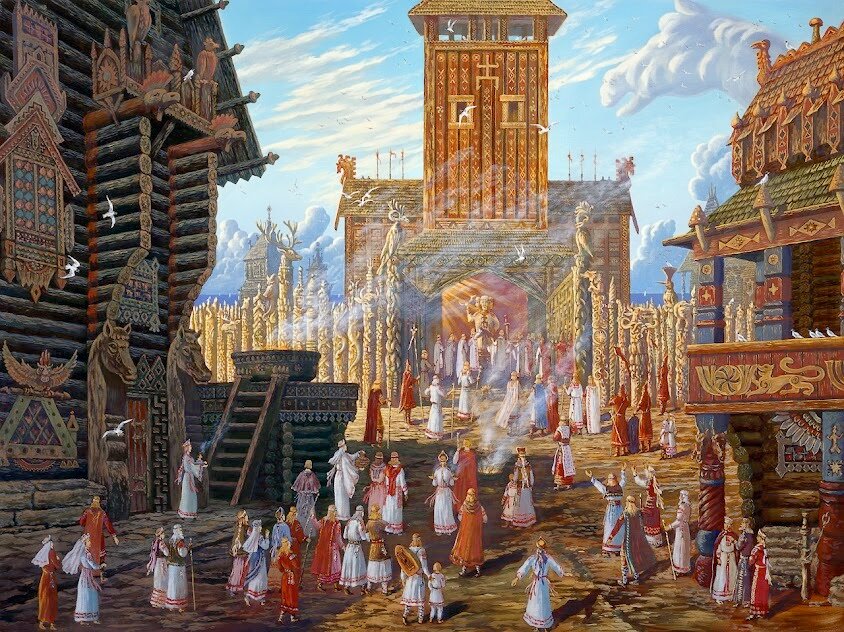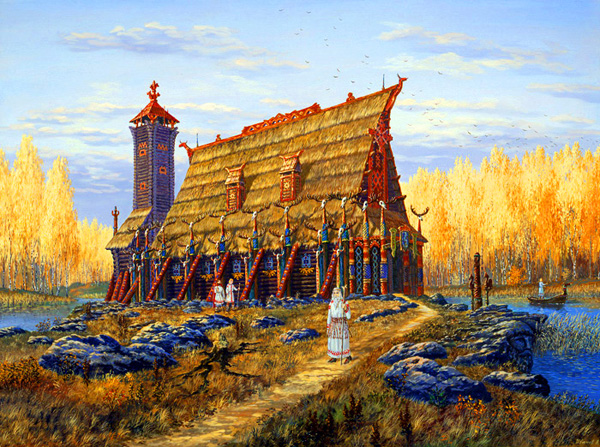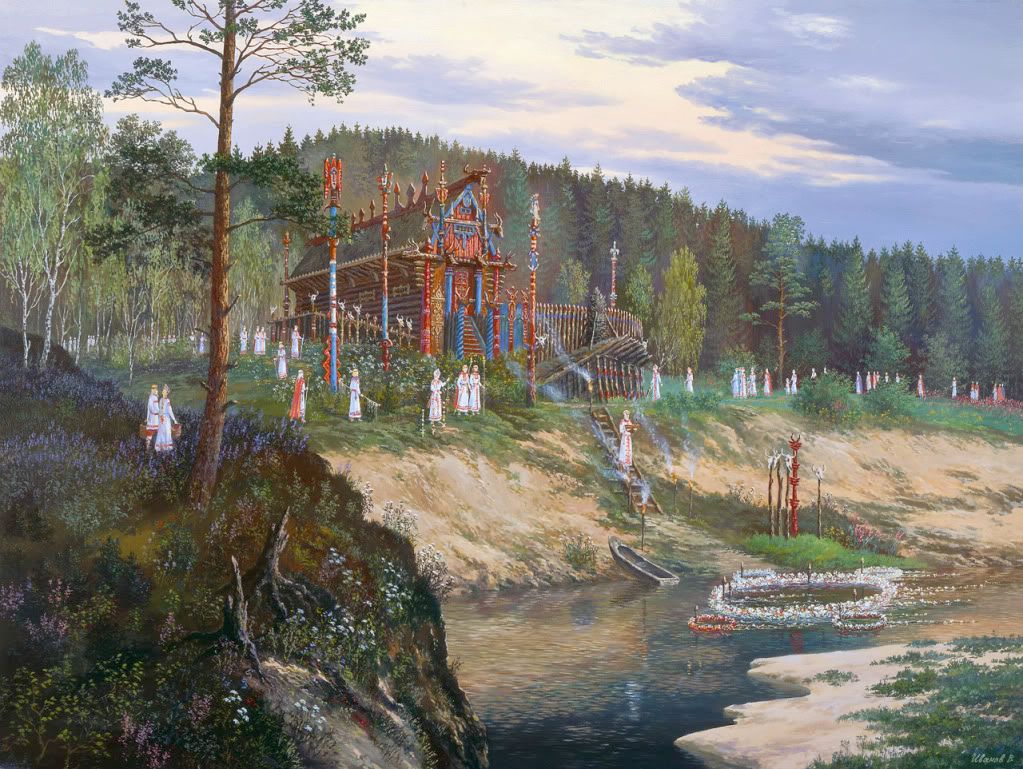Beautiful pictures Veles!

Regarding those Baltic-Slavic city-states and duchies:
In early 12th century (before the Polabian Crusades) the Slavic territory extended to the west as far as to the Bay of Kiel and areas near modern Hamburg, bordering Danish territory (Danish territory extended to the south as far as to the mouth of river Eider in the west and to the Bay of Kiel in the east) and Saxon territory (the northern and north-eastern border of Saxon territory was so called "limes Saxoniae" - the one hundred kilometers wide belt of almost completely uninhabited, heavily forested land, extending from the south-western banks of the Bay of Kiel to Lauenburg at the Elbe river).
Between the Bay of Kiel and the river Trawa (Germ. Trave) lived Wagrowie. From the Trawa river to the upper Warnawa (Germ. Warnow) river lived Warnowie. Areas from the Warnow river to the Rana (Germ. Rugen) island, Piana (Germ. Peene) river and the mouth of the Odra (Germ. Oder) river were inhabited by Veleti. On the Rana island itself lived Ranowie. To the south of those tribes lived the Serbo-Łużyczanie (Sorbs), who spoke slightly different dialects than their neighbours from the north (Sorbs spoke Eastern-Lechitic dialects while those in the north spoke Western-Lechitic dialects).
In German & Scandinavian sources all those Western Slavic nations were called Wends.
Main cities of the Baltic Slavs living west of the Odra river, were: Stargard (Germ. Oldenburg, Dan. Brandehuse); Ljubice (Germ. Lubeck); Racibórz (Germ. Ratzeburg); Mechlin (Germ. Mecklenburg) - Mechlin was the main city of Obodrites; Roztok (Germ. Rostock). On the Rana island were located two important cities - Arkona (Germ. Arkona) and Gardziec (Germ. Garz). At the Piana river were located Dymin (Germ. Demmin), at the Odra river Szczecin (Germ. Stettin, Dan. Burstaborg), in the area around the Szczecin Lagoon - Wołogoszcz (Germ. Wolgast), Uznam (Germ. Usedom), Lubin (Germ. Lebbin), Wolin (Germ. Wollin) and Kamień (Germ. Cammin). And also Wineta / Vineta - the exact location of which is nowadays unknown.
As you can see all the modern German names of these cities are derived from old Slavic names (some phonetically and some semantically - like for example in case of Slav. Stargard / Germ. Oldenburg, which means "an old city").

























.jpg)

